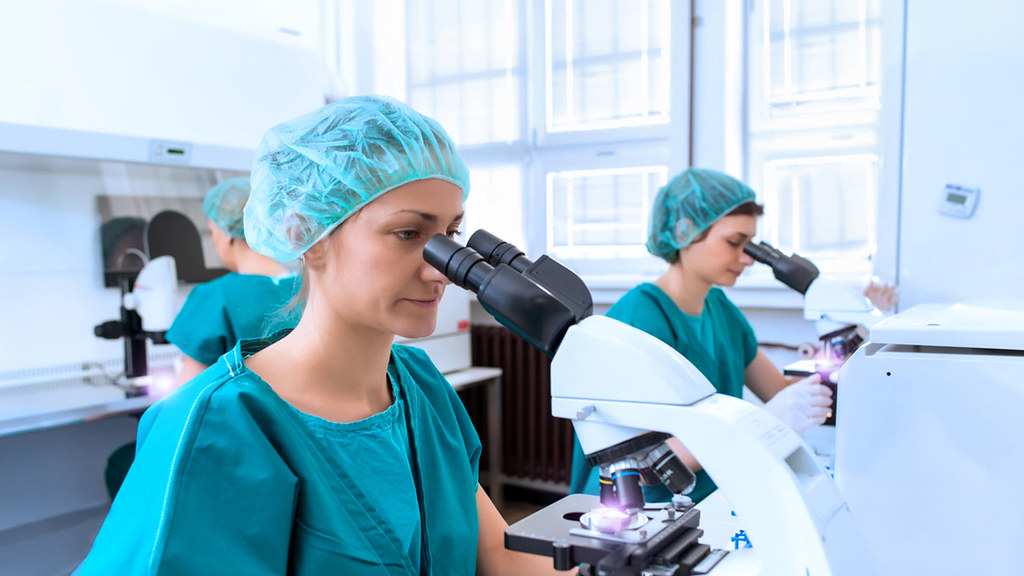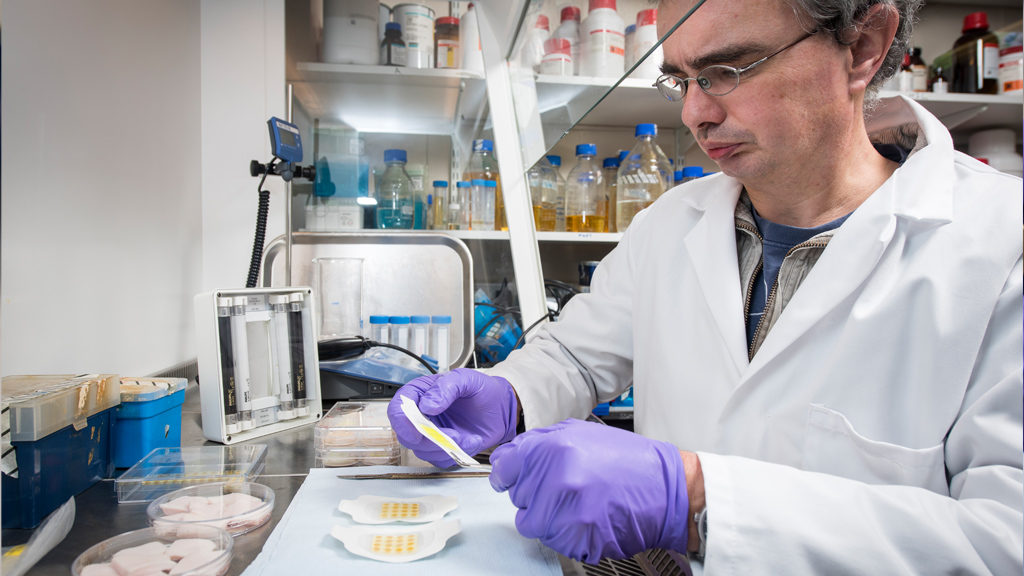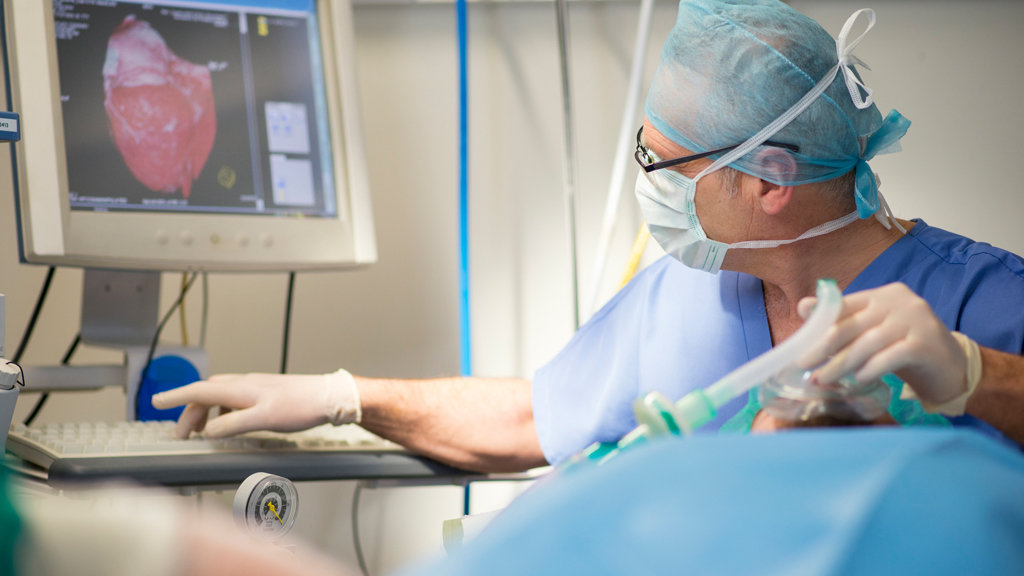Cleft lip is one of the most common birth defects, affecting 1 in 700 children. Children with the condition have to undergo a sequence of surgeries during childhood to correct it. Surgery has to be balanced between helping to improve a child’s looks, while avoiding nerve damage that inhibits the development of normal expression and eating functions.
The challenge
Dr Carroll Ann Trotman, an orthodontist at Tufts University in the USA, sought the help of Bath’s statisticians in analysing the data from facial motion capture that she had collected from children with cleft lip and palate. Using this data, she aimed to establish an understanding of normal facial motion and variability between children, in order to improve surgical interventions for cleft lip.
The solution
Professor Julian Faraway realised that it was crucial to distinguish between the facial motion itself and the natural variations in the static shapes of faces. Faraway then developed new descriptive statistics in order to understand shape and motion data. He has also developed statistical inference methods for comparing groups of shape functional data. His work allows us to ask questions such as ‘How do we determine an average smile from a child?’ and ‘How should we compare smiles between children?’
The benefits
When planning or considering cleft lip or palate surgery, surgeons find it helpful to identify which aspects of the patient’s facial motion are abnormal and which lie within normal variation. This project produced animations that superimposed average motions of a patient onto the average motions of a child without the condition. This has resulted in a tool that allows surgeons to decide whether surgery is advisable, gives guidance on what form the surgery should take, and provides a way to evaluate the outcome of surgery objectively.



